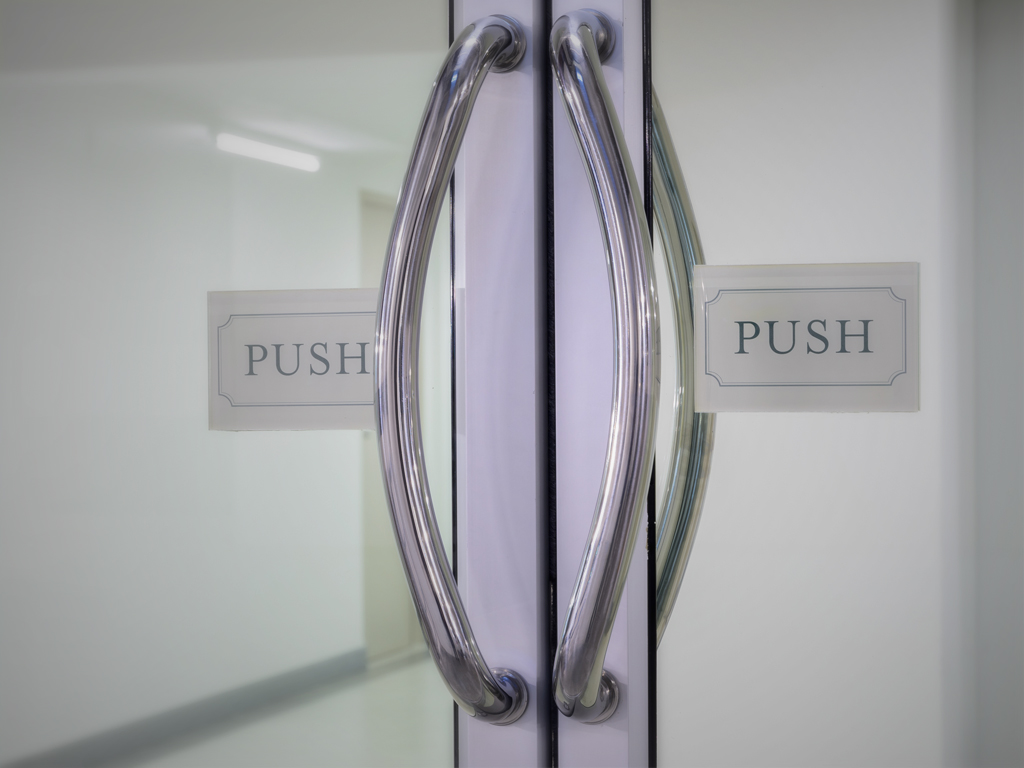As UX design becomes ever more pervasive in the course of running a kick-ass website, you need to continually gauge just how well your UX design serves your customer’s needs. A simple test is to ask three basic questions: What’s your UX strategy? What specific experiences are you trying to achieve? Just how does your UI design achieve the desired experiences?
If your designer can’t answer the following three basic questions about your site design, then there’s probably plenty of room for improvement.
What’s Your UX Strategy?
Yes, you should have a well-defined UX strategy. To be honest, though, it’s not really a UX strategy so much as it is a design strategy.
What does a good strategy look like? It’s a definitive statement about what the design is intended to achieve, and “to delight the user” is not a strategy. If someone tells you his or her design objective is to “delight the user,” find another designer. Seriously, no kidding.
With ProFlowers, our user research and analysis determined that users didn’t want to buy specific flowers, they just needed the right bouquet for a specific occasion. The design strategy for ProFlowers was, therefore, defined as “ProFlowers doesn’t sell flowers, they sell occasions.”
Another strategy we developed addressed the FedEx Online Printing redesign problem. Soon after FedEx bought Kinko’s it became apparently obvious that the two business models collided with each other. FedEx is the model of standardization while Kinko’s was known as a model of customization, with the motto of “Yes, we can.” The strategy was defined as “empower users to create their own print jobs.”
Those design strategies led to identifying specific user experience objectives and guided all of the subsequent design decisions. A good design strategy not only suggests specific design directions, but also helps avoid adding features and functions that don’t fit the design strategy.
What Experience Are You Trying To Achieve?
Once you have a strategy, you need to define the specific experiences or behaviors you want to elicit from your website. These will not be global or general, such as “to delight the user,” but will be more specific and focus on individual tasks.
One good experience to design for is to make the user feel like they found just the right product for their needs – “to remove doubt.” Such an experience objective is focused more on the product selection task, and not so much on the purchase task, which will have a separate experience objective.
In order to identify the correct target experiences, you must first conduct a user and task analysis of the various key tasks and subtasks that your website is intended to support. This will enable you to identify specific experience objectives for each user type and their tasks. You can’t accurately identify the desired user experiences without conducting this user and task analysis.
How Does Your UI Achieve The Desired Experience?
Users have experiences shaped by the world with which they interact. We can’t design experiences, but we can design the user’s world to elicit specific, desired experiences.
UX design is really more about eliciting specific user behaviors through the controlled presentation of interaction objects and content. Accurately predicting how your users will react to this manufactured world to achieve specific results is the hallmark of a good UX designer.
For instance, a designer might suggest that a specific set of navigation and controls will incite users to complete the product selection process. They should be able to cite why a left navigation interaction model will prove more successful than a cascaded menu approach. If usability testing proves that to be the case, then the design is a success.
Summary
This approach isn’t just for UX design. These are the same kinds of questions pretty much any other designer (mechanical engineer, architect, etc.) would ask and answer.
- What should the design do?
- How should it do it?
- How do the design elements work together, specifically, to achieve the desired objectives?
These have been modified to better reflect the concerns and objectives of the user experience design environment. Look at your site and ask those three questions, and see where it takes you.
Is your design serving your customer’s needs?


